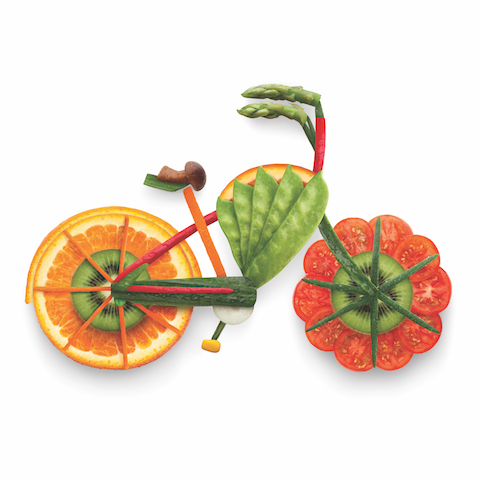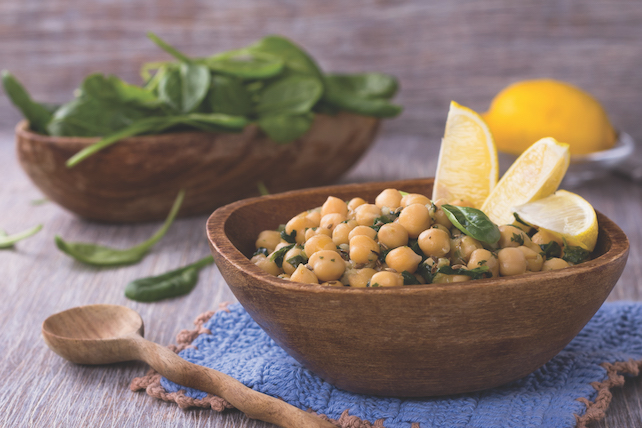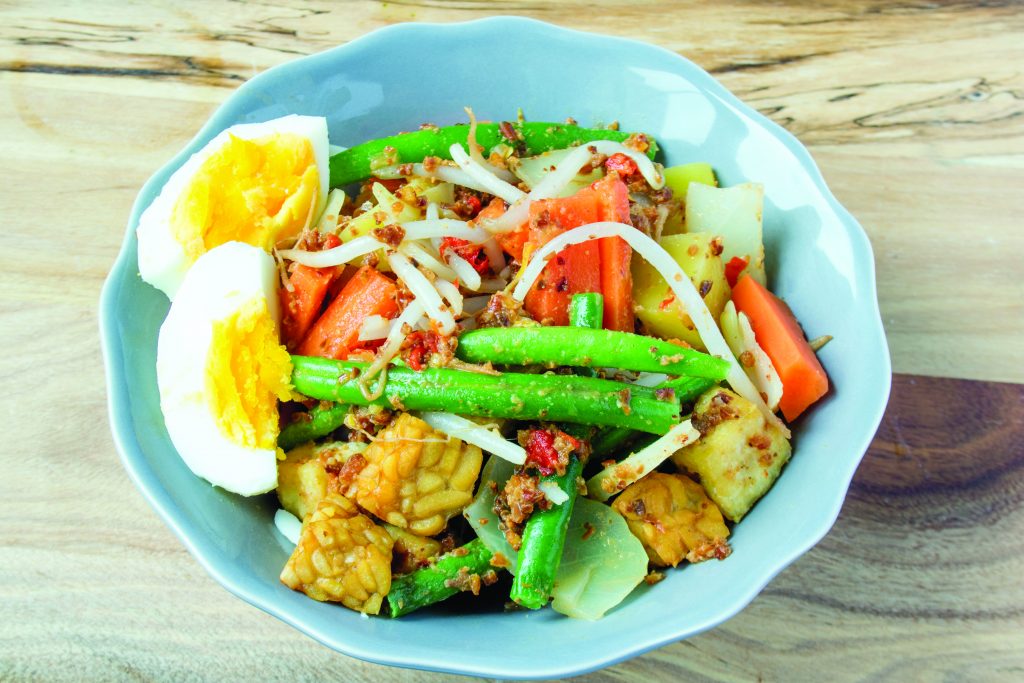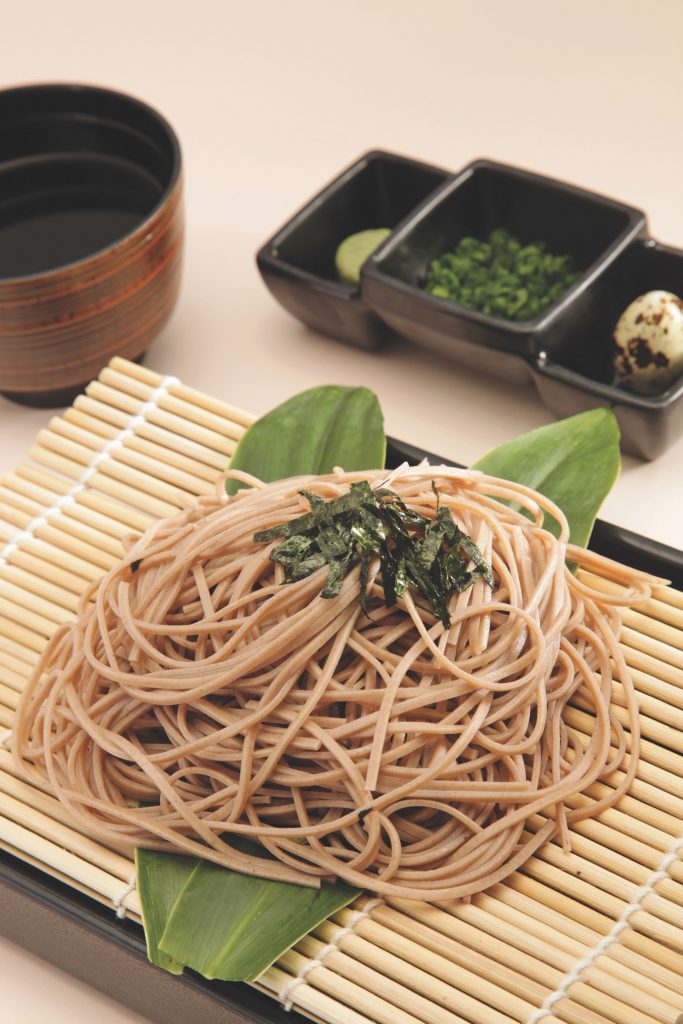Masala provides a guide-to eating vegan when travelling, by focusing on three culturally-rich locales.
By Nina Narisa Phichitsingh
Veganism is one of the fastest growing lifestyle movements in the world. Many, however, find following vegan diets a challenge while travelling. Before you visit popular countries with high meat consumption, a bit of planning and forethought can help overcome any inconveniences you may encounter. These tips are not only based on how to survive as a vegan traveller, but also how to thrive in all foreign environments.
Spain
In this beautiful land of flamenco, siestas and tiki-taka football, one may think finding vegan or vegetarian food would not be easy, as popularised meat dishes such as Jamón ibérico (cured ham), Chorizo and Squid ink seafood paella rule the roost. However, with preparation, you can easily overcome these difficulties. Familiarise yourself with these useful Spanish phrases. For “I am vegan”, use “soy vegano” (male) or “soy vegana” (female) at restaurants. Replace the phrases with “soy vegetariano” or “soy vegetariana” if you are vegetarian.
When sampling Spanish flavours, you must order…
Paella: Luckily, vegan paella exists, and is known as Paella de verduras. The delicious mélange incorporates vegetables like paprika, broccoli, artichokes, tomatoes, carrots, beans and peas. In Valencia, where Paella originates from, the locals say that good rice ultimately makes great paella. So a specific short-grained rice is used to absorb the multitude of flavours without becoming overly dry, even when the outside is a bit crunchy.
Espinacas con Garbanzos: Seville’s original dish of spinach cooked with garbanzo beans can be made either dry or stew-like with a tomato-based sauce. This is a warm cure for the frigid months of winter. Cooked in olive oil and seasoned with paprika, it has a deep and smoky flavour.
Gazpacho: Gazpacho is a concoction of raw vegetables blended into a chilled soup — a perfect refreshment during hot summers. There are many colourful variations of this appetiser, and popular ingredients include avocados, parsley, cucumber, watermelon and grapes.
Treat yourself to the best vegan delights by heading over to…
Rayén Vegano: The menu changes according to the availability of fresh seasonal vegetables. The restaurant also prepares food that is gluten-, nut- and soy-free. Ingredients are organic and carefully selected from local farmers.
Located in Madrid
VEGA: This place is a dream come true for vegans who love the concept of tapas. Every dish is inventive, creative and flavourful. Popular menu items include Beetroot hummus, Tofu kebabs, Zucchini lasagna and Ceviche mushrooms.
Located in Madrid
Vegetalia: The restaurant offers a creative healthy cuisine, using high quality organic produce from their own orchard. The cuisine has international and local options, among which the paella is a must try. Located in Barcelona
Whether you are on a business trip to Jakarta or soaking up the sun in Bali, meatless Indonesian food is to die for at various destinations in Indonesia. After all, the country is home to the highly popularised Tempeh, a fermented soy bean that is a great protein option for vegetarians.
For your dose of vegan-friendly dishes, opt for…
Ketoprak: This dish consists of tofu, vegetables, rice cake and rice vermicelli served in peanut sauce. The term “prak” comes from the word “digeprak” which means to mash or crush — a perfect explanation of the food. The peanut sauce is a thick paste created from ground peanuts mixed with palm sugar, garlic, chilli pepper, salt and even kecap manis (sweet soy sauce). Delicious!
Gado Gado: Meaning mix-mix, is an Indonesian salad of boiled, blanched or steamed vegetables, potato, tofu, tempeh and lontong (rice wrapped in a banana leaf) dressed with peanut sauce. The dish is often accompanied with hard-boiled eggs and the paste may include terasi (dried shrimp paste), so specify your requirements accordingly. The flavourful salad is served with emping (tapioca crackers) for added crunchiness.
Gudeg: Also known as green jackfruit stew, the dish is made from unripe jackfruit boiled for several hours with palm sugar and coconut milk. The spices used include garlic, shallot, candlenut, coriander seeds, galangal, bay leaves and teak leaves, giving the dish a reddish-brown colour. Locals takes hours, or even days, to prepare this dish on low heat, giving time for the coconut milk and spices to be soaked into the meaty jackfruit.
For the best in vegan flavours try…
Loving Hut: This restaurant is part of the country’s largest group of vegan restaurants with five establishments in Jakarta. Here you will find local delights, such as Nasi lemak (fragrant rice dish cooked in coconut milk and pandan leaf). Located in Jakarta
Shameless Salads: As the name reveals, one will find numerous salad options here along with local fusion dishes like Roti lapis nusantara, a tempeh sandwich made from coconut rendang and stir-fried veggies. Located in Jakarta
Divine Earth: This restaurant is popular for its fresh juices, smoothies and a variety of innovative dishes such as Tempeh satay with spicy peanut sauce and Tomato marinara with tempeh meatballs. They also host movie nights for guests!
Located in Bali
Japan
Japan may seem overwhelming for vegans as sushi, sashimi, shrimp tempura, Kobe beef, and so on, are all popular and familiar meat-based foods. But contrary to popular belief, Japan actually offers many veg-friendly dishes, as the food scene focuses on balanced meals. You will never see chunks of meat or excessive amounts of one particular ingredient in a dish. So for vegan travellers, all you need to know are the right words since many dishes have traces of fish flakes, pork or seafood broth. For ordering dishes “without meat”, you say “niku nashi”. Then to make sure there is no seafood, say “shee-foo-do nashi”. The latter would be important since seafood is not typically classified as meat in Japan. Another term that can be used is “shojin ryori”, which refers to Buddhist vegetarian cooking. It is the philosophy of simple, light cooking with gentle seasoning. This method is popular for reducing waste, and the meal usually consists of a soup and three vegetables.
When you’re travelling around Japan, you must sample…
Noodle Dishes: Noodles are a staple here and they come in a variety of styles. They are served chilled in hot soup or with a dipping sauce. The different types of noodles include ramen, soba, somen, udon and harusame. Zaru soba, cold buckwheat noodles served with a dipping sauce, is a perfect summer delicacy. Do bear in mind that most ramen dishes use pork broth, so it is important to request a vegan version beforehand.
Tofu Dishes: This essential bean curd is both light and compact with nutrition. There are a variety of different tofu dishes, such as Yudofu (boiled tofu), Agedofu (fried tofu), Atsuage (deep-fried tofu), Gomadofu (made from white sesame seeds) and Koyadofu (spongy tofu). You must also try Nama-tofu, fresh tofu served with grated ginger and shoyu (soy sauce).
Onigiri: Originally considered a Samurai’s food, Onigiri are Japanese rice balls that come in many different variations. They can be made from plain rice, flavoured rice, fried rice or even Osekihan (rice with red adzuki beans), and contain different fillings such as Umeboshi (pickled Japanese plum) and Konbu (dried kelp). They can be bought from convenience stores like FamilyMart or Lawson. Fun fact: local Japanese often eat Onigiri on their way to work.
Kinpira: Kinpira means sautéing and simmering root vegetables like lotus root, carrots, gobo (burdock root) and bamboo shoots in soy sauce and mirin (cooking sake).
Indulge in various vegan flavours by visiting…
T’s TanTan: This vegan ramen shop is located inside the famous Tokyo Station, Keiyo Street. The menu includes a variety of noodle dishes and curries. Located in Tokyo
AIN SOPH. Ripple: If you’re craving American flavours, then AIN SOPH. Ripple is the ideal restaurant for you. A casual social café, the restaurant serves plant-based fusion cuisine. The menu consists of veggie burgers, burritos, salad bowls and even fries topped with vegan cheese sauce. Located in Tokyo
Café Atl: This cafe has a set menu for those who are indecisive when ordering. The set menu has meat-free items such as risotto, salad, curry and soup. Coffee, cakes and bagels are available in the à la carte menu. Located in Osaka
Five Travel Tips
Learn the words before travelling! Download Google Translate, and if you don’t have internet access, make sure you have a pre-downloaded list of words saved on your notes.
Download the HappyCow Vegan or Vegetarian Restaurant Guide app to search listings of local vegetarian and vegan restaurants, cafés or health food stores, located anywhere in the world. It’s an interactive platform with maps, directions, phone numbers and the ability to upload photos and submit reviews.
Always research local restaurants beforehand. You can use YouTube vlogs, such as the Vegan Travel channel, where the YouTubers bring you to the restaurant and explain the menu.
Use AirBnB when travelling. These establishments have kitchens, something hotels don’t offer, so you can prepare your own breakfast instead of scavenging for something vegan in the breakfast buffet. Otherwise emailing hotels or restaurant chefs ahead of time can also help ensure that something substantial can be prepared for you.
Browse the internet, as new trends are emerging every day. For example, Vegan Travel has Vegan cruise suggestions, while Vegvoyages has vegan adventure tours.










